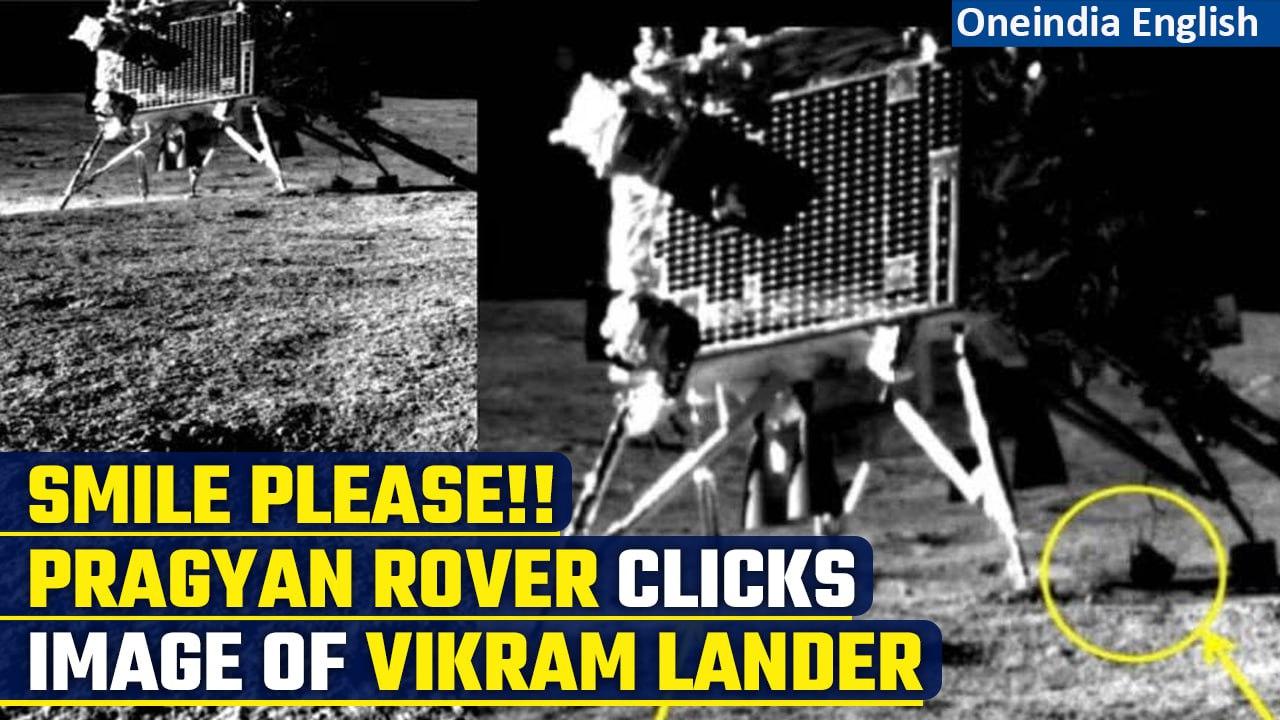NASA’s Chandrayaan-3 payload to work after Vikram, Pragyan sleep; LRA to help future missions
 Thursday, 31 August 2023
Thursday, 31 August 2023
The Laser Retroreflector Array (LRA), the fourth payload Chandrayaan-3 lander Vikram took to the lunar surface, will start its work once the rest of its onboard instruments and two on Pragyan go to sleep, at the end of the lunar day.
|
|||||
|
|||||
💡 newsR Knowledge: Other News Mentions
|
|||||
![“Super Cool” |Elon Musk on Chandrayaan-3’s success as Google CEO Pichai 💪nasa video [Video]](https://video.newsserve.net/300/v/20230826/1693047513-“Super-Cool”-|Elon-Musk-on-Chandrayaan.jpg)
“Super Cool” |Elon Musk on Chandrayaan-3’s success as Google CEO Pichai 💪nasa video
Credit: Rumble Duration: 02:26Published
|
Related news from verified sources
Andhra Pradesh student selected for NASA programmeCity student Jujjuvarapu Charles John has been selected for the International Air and Space Program-2023 conducted by NASA. Charles John, a brilliant student...IndiaTimes |
Does Global Warming Mean Climate Change? NASA Scientist ExplainsClimate change and global warming are often used synonymously by people, however, they are not same thing. Let's explore the difference between these two terms.Zee News |
NASA’s Chandrayaan-3 payload to work after Vikram, Pragyan sleep; LRA to help future missionsThe Laser Retroreflector Array (LRA), the fourth payload Chandrayaan-3 lander Vikram took to the lunar surface, will start its work once the rest of its onboard...IndiaTimes |



![NASA astronauts voice confidence that Boeing Starliner will bring them home [Video]](https://video.newsserve.net/300/v/20240711/1381289204-NASA-astronauts-voice-confidence-that-Boeing-Starliner-will.jpg)
![Recently Spotted Asteroid Set for Near Miss With Earth [Video]](https://video.newsserve.net/300/v/20240628/1379913002-Recently-Spotted-Asteroid-Set-for-Near-Miss-With.jpg)